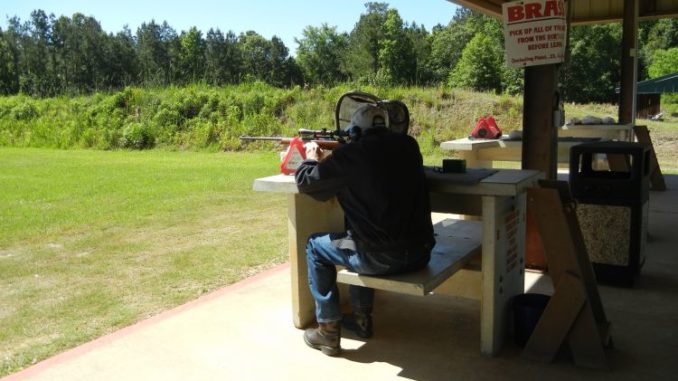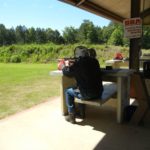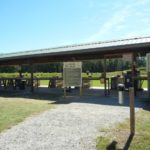
Tips to ensure your rifle is good to go
I readily admit to being a rifle nut. Handguns are great and a career in law enforcement provides one with a great deal of training and experience with them. But rifles are my favorite and as a hunter and shooting enthusiast, I have always found them more interesting and useful. As a result, a substantial amount of my free time is devoted to all things rifle.
Being retired allows me time to enjoy a number of activities related to rifle shooting including hand-loading ammunition, reading and research, cleaning and doing some very basic gunsmith work on my own firearms. By far the most important part of all this for me and every other hunter is actually going out and shooting the rifle. As hunters we benefit from target shooting in more ways than many of us realize.
First and foremost, target shooting from the bench tell us if the rifle is hitting where we are aiming and if it is doing so consistently. After missing an easy shot or only wounding an animal is not the time to check the rifle sights. But we all know careless or poorly prepared hunters who do just that.
Bench time also allows us to evaluate ammunition and how well it performs in the rifle. As any experienced shooter knows, every rifle is different and will shoot one particular bullet or load better than others. Handloaders will go through various loads and bullets until they find the one their rifle shoots the best. But we don’t all have to learn to handload to accomplish this. The factory ammunition available today is better than ever. So try a few different factory cartridges and pick one your rifle “likes.” If you have a rifle that shoots everything well, count your blessings. But most of us will find one or two loads that shoot far better than others.
Target shooting may also reveal any malfunctions or mechanical problems with the rifle or scope. Bullets hitting all over the paper mean something is wrong. It may be nothing more than loose screws on the scope bases or rings. But it could also mean more serious problems requiring repair to the scope or attention to the rifle by a gunsmith. Target shooting may also reveal trigger or action problems that are potentially dangerous. I know one hunter who got a big surprise during target practice. He loaded the rifle, closed the bolt and switched the safety to the fire position. The rifle fired before he ever touched the trigger. It was an extremely dangerous malfunction but easily repaired by a gunsmith. And it was better to find out before going hunting.
Once you’ve completed the tasks of sighting the rifle and selecting the cartridge and making sure everything is working properly are done, it is time to get off the shooting bench and practice shooting from different positions. We all know the basic shooting positions are standing, kneeling, sitting and prone. But how many of us actually practice from these positions?
As Southern whitetail hunters, we hunt almost exclusively from elevated stands where we are seated comfortably with a stable rail or rest for the rifle. Yes, we are spoiled and many of us feel we won’t ever need the other positions. But what happens on the afternoon you are walking to the stand and look up ahead to see the buck of a lifetime 100 yards away? If you have not practiced those standing or kneeling positions odds are good that you’ll miss. And I can tell you from personal experience, if a Western or mountain hunt is in your future, you better know how to shoot from every position. The last two elk I harvested were shot from the kneeling position, on shooting sticks in snowy conditions. One was probably close to 200 yards and the other was a little over 300. Practice paid off.
The good news is an actual shooting range with solid benches is not necessary for practicing a hunter’s shooting positions. The best “range” I have seen is a 600 yard stretch of open ground with steel targets at 100 yard intervals. A few rocks and logs are scattered around where a backpack or rolled up coat can be placed for a quick rifle rest. That’s actual field conditions shooting.
The summer months are a great time to work on fundamentals for the rifle hunter. Fall always arrives before we know it and finding time to prepare then can be difficult. Doing most of the work now means come fall we are familiar with our equipment and confident in our shooting ability. LDWF operated public shooting ranges are located at Sherburne WMA, Bodcau WMA, Woodworth Education Center, Pearl River-Honey Island WMA and Natchitoches Shooting Range. Check your local area for other shooting ranges available to the public.




